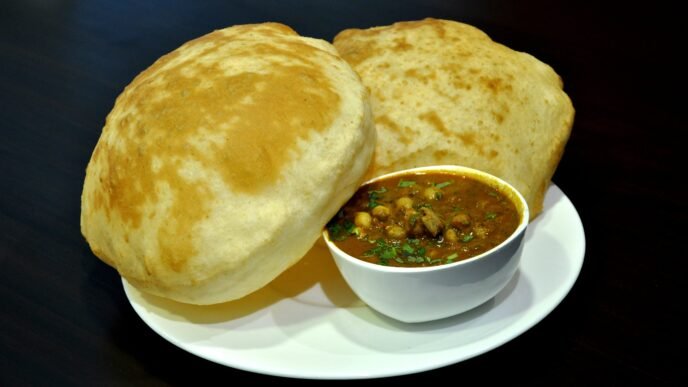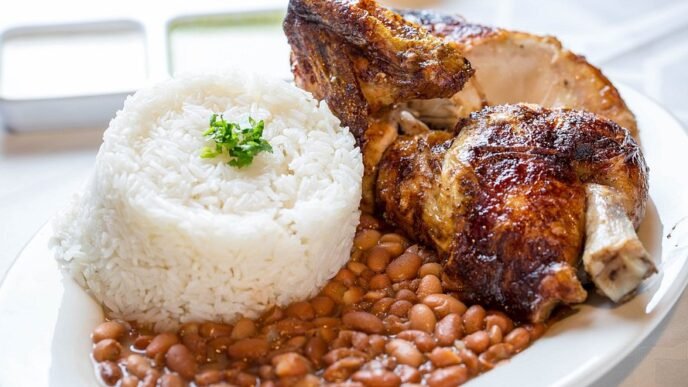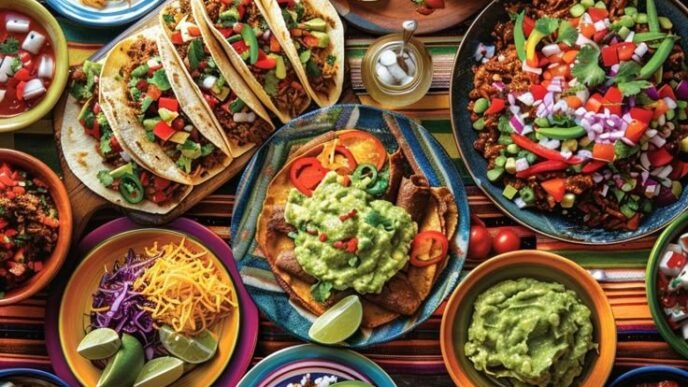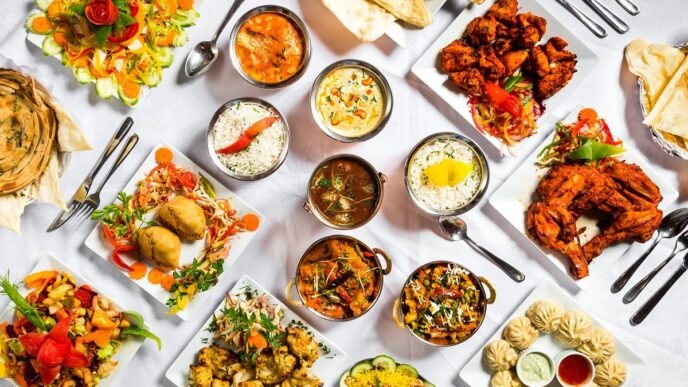A Taste of Tradition: The Timeless Appeal of Fish and Chips
Few dishes offer the same comforting familiarity and universal appeal as fish and chips. With golden, crispy batter coating tender white fish, paired with thick-cut chips and a splash of malt vinegar, it’s no wonder that this simple yet delicious meal has stood the test of time. From humble beginnings to global fame, fish and chips have evolved into a culinary icon loved by millions.
The History of Fish and Chips
The story of fish and chips is deeply rooted in the working-class traditions of the United Kingdom. Its origins stretch back to the mid-19th century, during a time of rapid industrialization and social change. Fried fish is thought to have been introduced to Britain by Jewish immigrants from Portugal and Spain, who brought with them the practice of coating fish in flour and frying it in oil.
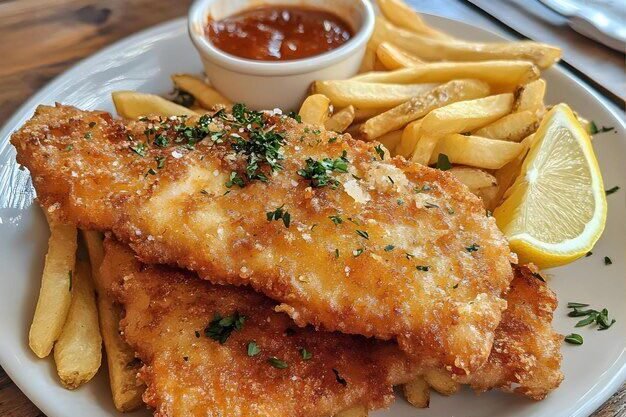
At the same time, fried potatoes—or “chips”—were becoming popular in the northern parts of England and Scotland. These two culinary elements eventually came together, creating a perfect match of flavor and texture. In 1860, a man named Joseph Malin is believed to have opened the first fish and chip shop in London, serving deep-fried fish with thick potato chips to the masses.
During both World Wars, fish and chips became a symbol of national resilience. Despite widespread rationing, the government made efforts to ensure that fish and chips remained available and affordable. The dish became a cherished reminder of normal life during difficult times, strengthening its place in British cultural identity.
By the early 20th century, there were tens of thousands of fish and chip shops across the UK. The classic image of getting fish and chips wrapped in newspaper and eaten outdoors became a staple of British life, especially in seaside towns.
What Makes the Perfect Fish and Chips?
Crafting the perfect plate of fish and chips is a delicate balance between simplicity and technique. While the ingredients are few, the preparation requires care and skill.
The Fish
Cod and haddock are the traditional choices, but other varieties such as pollock, hake, and plaice are also used. The key is to use fresh, mild-flavored white fish that flakes easily when cooked. It should be boneless, skinless, and thick enough to hold its shape during frying.
The Batter
The batter is the soul of the dish. Light, crispy, and golden, a well-made batter creates a protective shell that seals in moisture while adding flavor and texture. Many chefs use a combination of flour, salt, baking powder, and cold beer or sparkling water to give the batter its airy crunch. The fish is dipped in the batter just before frying, ensuring a clean and crisp coating.
The Chips
Unlike French fries, British-style chips are thick-cut and chunky. They’re soft and fluffy on the inside, with a light crispness on the outside. Proper chips are usually double-fried—first at a lower temperature to cook the inside, then at a higher heat to create the golden crust.
The Accompaniments
A traditional plate of fish and chips isn’t complete without the classic sides. These include:
- Mushy peas: Soft, slightly minty green peas that add color and flavor.
- Tartar sauce: A creamy, tangy condiment with pickles, herbs, and lemon juice.
- Malt vinegar: A splash of this adds a rich tang that cuts through the fried elements.
- Lemon wedges: A squeeze of lemon brings out the natural flavors of the fish.
- Curry sauce or gravy: Popular in Northern England and some parts of Ireland.
Fish and Chips Around the World
Fish and chips may have originated in Britain, but today, it’s a global dish with regional twists and interpretations.
Australia and New Zealand
Down under, fish and chips are a coastal favorite, especially on sunny afternoons near the sea. You’ll often find them served in cardboard boxes with lemon, tartar sauce, and sometimes calamari or pineapple fritters. Local fish such as hoki or barramundi is commonly used.
Canada
Fish and chips are a staple in pubs and seafood restaurants across Canada. In places like Nova Scotia or British Columbia, you might find halibut or haddock served with slaw and a cold beer. In Quebec, some places even serve it alongside poutine for a true Canadian twist.
The United States
While not as culturally ingrained as in the UK, fish and chips are popular in American Irish pubs, beach towns, and seafood chains. Variants might use catfish, tilapia, or cod, and the dish is often accompanied by coleslaw or tartar sauce. In New England, you may even see it served with clam chowder.
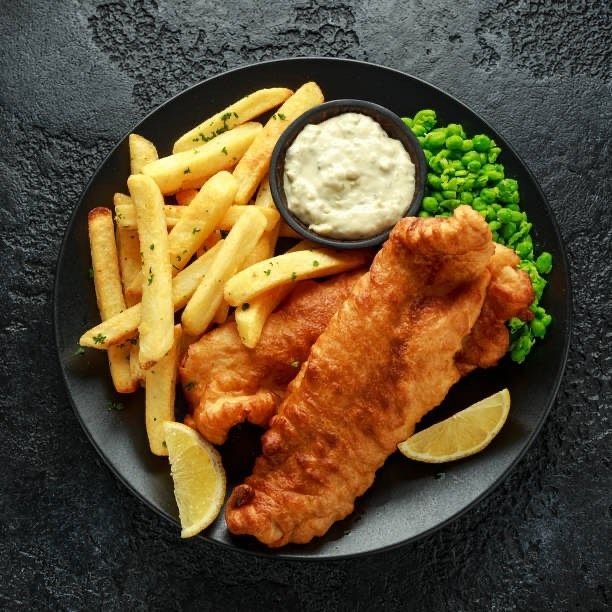
Bangladesh and South Asia
In coastal areas like Cox’s Bazar or Chittagong, a local version of fish and chips is emerging—featuring fresh sea fish with spicy marinades and crispy potato wedges or fries. Fusion versions often include chili sauce, garlic mayo, or even paratha wraps with fried fish inside.
Healthier and Gourmet Variations
As food preferences have evolved, so too has the classic fish and chips dish. Health-conscious diners may opt for:
- Grilled fish instead of fried
- Sweet potato fries instead of regular chips
- Gluten-free or air-fried versions
- Plant-based “fish” using tofu or banana blossoms
At the same time, many gourmet restaurants are elevating fish and chips by using line-caught fish, handmade tartar sauces, and locally sourced potatoes. Some even serve it with champagne or sparkling wine, proving that this humble dish can hold its own in fine dining.
Why the World Still Loves Fish and Chips
Fish and chips continue to capture hearts around the world for several reasons:
- Simplicity: The dish is easy to understand and appreciate—crispy, warm, and satisfying.
- Nostalgia: For many, it brings back memories of family dinners, beach vacations, or late-night takeout.
- Versatility: Whether served in a paper wrapper or on a silver platter, fish and chips can fit any setting.
- Cultural Identity: In Britain and other parts of the world, it’s more than food—it’s tradition.
Even in the modern era of trendy superfoods and digital food culture, fish and chips remain a go-to comfort food. It doesn’t rely on exotic ingredients or complex methods—it simply offers delicious flavor, filling portions, and a warm sense of satisfaction.
Fun Facts About Fish and Chips
- Winston Churchill referred to fish and chips as “the good companions.”
- At one point, the UK had over 35,000 fish and chip shops—more than all fast food outlets combined.
- The dish inspired countless pop culture references, from British TV shows to modern-day memes.
- National Fish and Chip Day is celebrated in the UK every year in June.
Final Bite
Fish and chips are more than just a meal—they’re a living piece of culinary history. They speak to tradition, resilience, and simplicity. From the foggy streets of London to the sunny beaches of Sydney, from traditional chip shops to gourmet kitchens, fish and chips continue to bring people together with their rich flavors and timeless charm.
So the next time you crave something hearty, nostalgic, and irresistibly crispy, look no further than fish and chips—a dish that never goes out of style.



